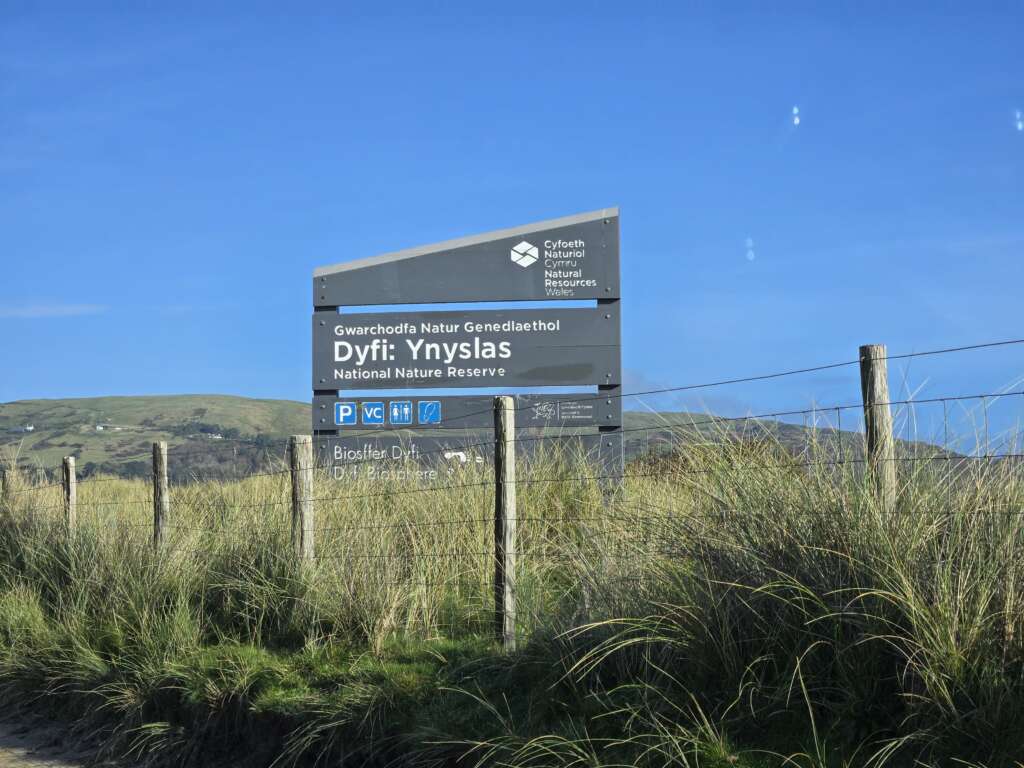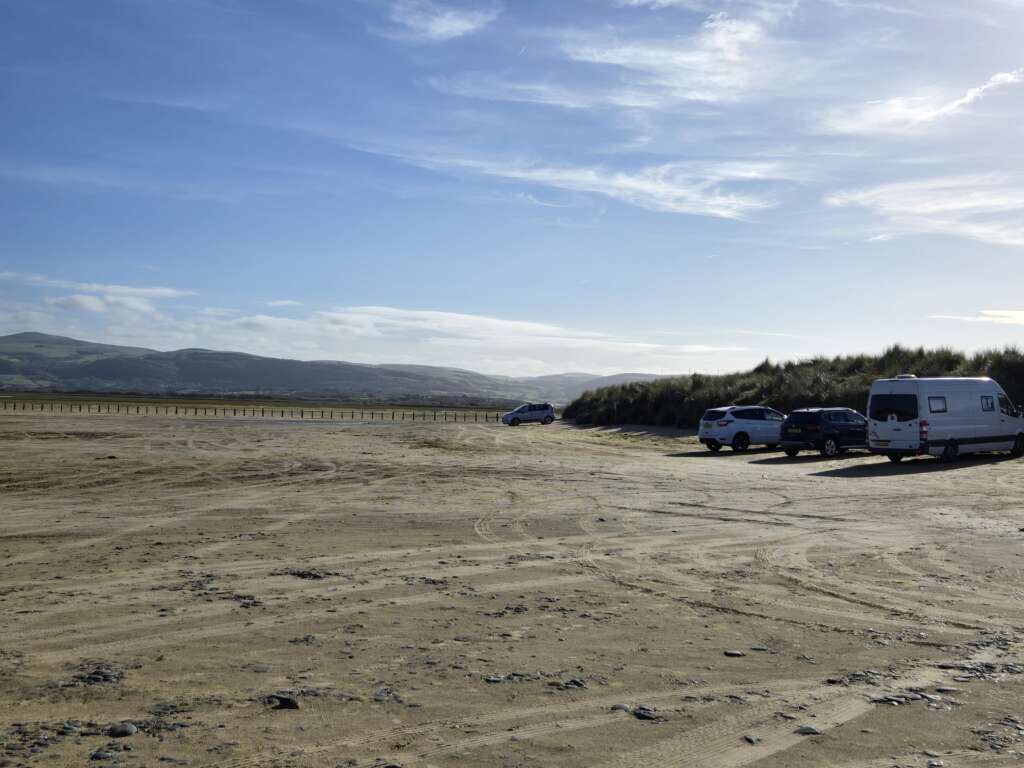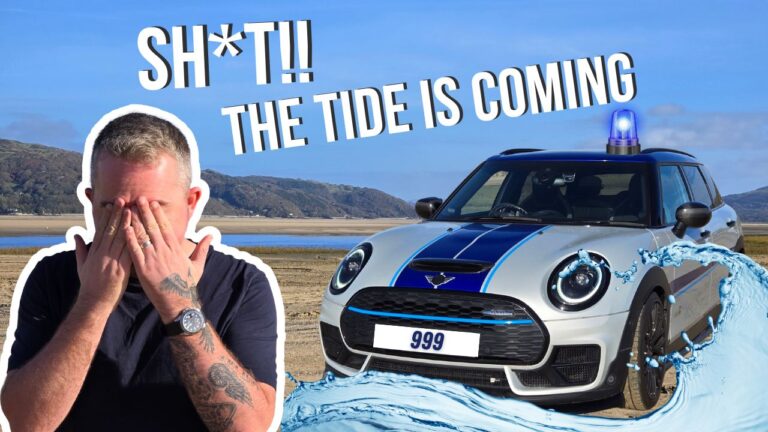If you’re a petrolhead, you’ve probably dreamt of parking your pride and joy on a beach, imagining that open space where sand stretches for miles. But if you’re also someone who takes meticulous care of your vehicle, parking on the beach might be a concept that contradicts every instinct. Sea salt can cling to the underside, sand can get into all the wrong places, and if your car is lowered or finely tuned, you might end up with more beach than you bargained for.
Still, despite these risks, there’s a particular draw to it, and Ynyslas Beach on the Welsh coast has one of the few stretches in the UK where parking on sand is permitted. So why do we take the risk?

Why Park on a Beach?
Beach parking isn’t new. In the summer, places like Ynyslas offer overflow parking directly on the sand, quadrupling parking space when the tide goes out. It’s a unique option when a beach day out attracts too many cars for the usual lot.

For the car enthusiast, parking on the beach provides stunning views and an unforgettable experience. There’s something about seeing your car silhouetted against the vast ocean backdrop with endless sky and sand. But, as I learned years ago, parking on a beach is far from straightforward.
My First (and Nearly Last) Beach Parking Experience
Back when I was at Aberystwyth University, I thought I’d try my luck parking at Ynyslas. I’d done it several times without incident, always parking well away from the water’s edge and never venturing too far into the soft sand. It worked for a while—until one day, I almost didn’t make it out.

On that day, I was returning to my car when I noticed another car parked even closer to the water. It looked like it could be stuck. After debating whether or not to lend a hand, I decided to drive over near (but not next to) the car to check. They reassured me someone was coming to help, so I decided to leave them to it.
But as I went to pull away, my wheels started spinning. My tyres were sinking, the sand softening with each failed attempt. I’d ended up beaching my car without even realising it, and to make matters worse, the tide was on its way back in.
The Ticking Clock and the Close Call
Time became a factor quickly. With each minute, the tide crept closer, and my car wasn’t going anywhere. The other driver began to unload their belongings from their vehicle, preparing for the worst. I tried calling the RAC, only to be told that no one could come out to help in such conditions but they could find somone local. That’s when I called the police, who arrived but could only suggest calling a breakdown service (again). With no easy fix in sight, desperation set in.
Then, in a flash of inspiration, we decided to try using our car mats under each wheel for some traction. Bit by bit, with the mats wedged underneath, I was able to inch my way towards firmer ground. The other driver tried the same trick, and we both managed to get free just as the water was approaching alarmingly close.
As I finally made it off the beach, a local 4×4 recovery vehicle pulled up, clearly not impressed with our efforts but a bit late to assist. After a few curt words exchanged, I decided I’d learned my lesson. When I finally had the opportunity to return to Ynyslas years later, I parked as far from the water as possible, firmly on dry, hard sand.
Why Not Park on the Beach?
So, would I park on the beach again? Perhaps. But it’s a choice made carefully and with a few precautionary rules in mind. There are genuine downsides beyond just the potential for embarrassment:

- The Damage to Your Car: Sand, sea salt, and moisture are a car owner’s nightmare, contributing to rust, chipped paint, and scratched interiors.
- The Environmental Impact: Cars on beaches can harm local wildlife and ecosystems. Avoiding the fragile dunes and respecting nature is essential.
- The Risk of Getting Stuck: Soft sand and tides make beach parking unpredictable. What goes out will come back in, so always know the tide times and be cautious about how far you venture onto the beach.
The Final Verdict
Beach parking is undoubtedly tempting for the stunning visuals and the unique experience, especially at places like Ynyslas. But it’s one that comes with risks—some of which I learned the hard way. If you decide to try it, go prepared, be aware of the tide, and bring those trusty car mats just in case. Because there’s nothing quite like watching the tide roll in from the safety of a dry road!

